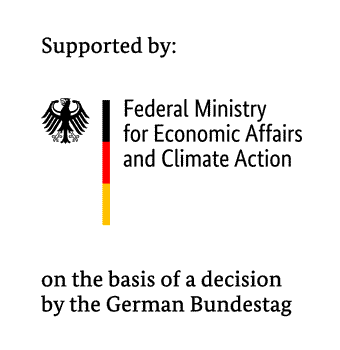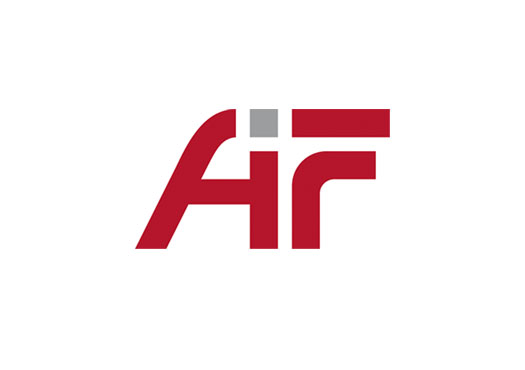Testing and evaluating the migration of UV printing inks and UV coatingsfrom packaging into foods



In order to evaluate the compliance of food packaging with legislation, it is necessary to consider the possible migration of components from printing inks into packaged foods. Two migration mechanisms are feasible for printing ink on the outside of packaging. Firstly, the printing inks can migrate (permeate) through the packaging into the food. Secondly, the storage of the packaging material on rolls or in stacks means that the printed side is in direct contact with the food contact side of, for example, the next layer, sheet, or tray/beaker. Thus, printing ink components can transfer directly to the food contact side and subsequently, after the packaging process, into the food. This migration mechanism is called set-off. The transfer processes are determined by the distribution coefficients (between the layers) and the diffusion coefficients.
Development of a test approach for migration from UV inks on food packaging
This research project studied the migration and set-off of photoinitiators and acrylates using different food packaging materials and conditions. Based on the results, a tool was developed with the help of mathematical modeling. This provides a favorable-cost way of testing the compliance of UV printed plastics with the requirements of Art. 3 of Regulation (EC) no. 1935/2004 (health safety and migration of substances into foods). In particular, small and medium sized enterprises (SMEs) will benefit from this development work.
The research project was carried out in collaboration with FABES Innovations gGmbH.
| Project term: | 2012 to 2014 |
| Project management /project funding: |
Federation of Industrial Research Associations AiF (via the Industrievereinigung für Lebensmitteltechnologie und Verpackung e.V. IVLV) /Federal Ministry for Economic Affairs and Energy BMWi |
| Publication: | Summary of the project results [PDF 0.04 MB] |
 Fraunhofer Institute for Process Engineering and Packaging IVV
Fraunhofer Institute for Process Engineering and Packaging IVV